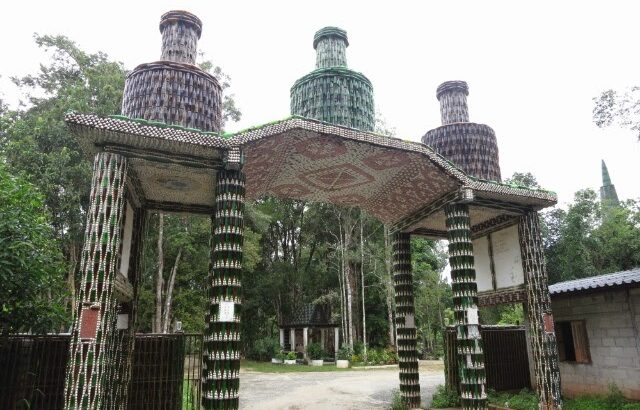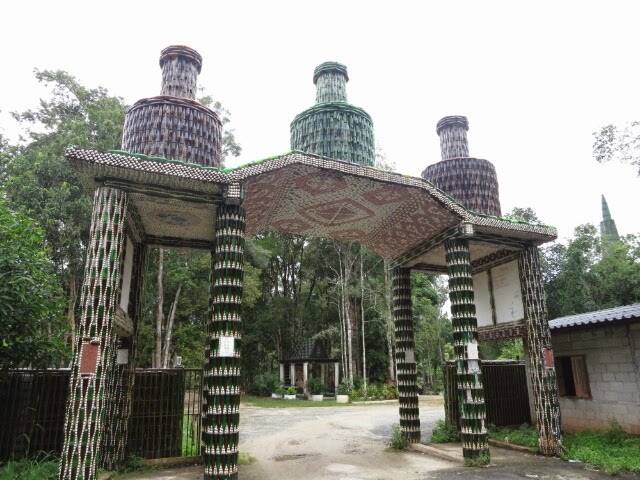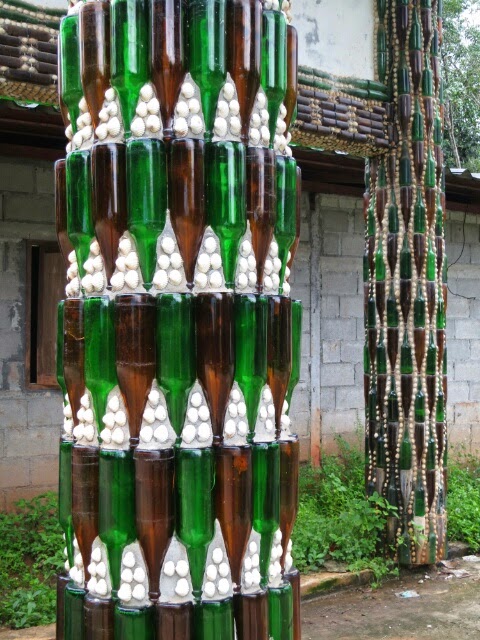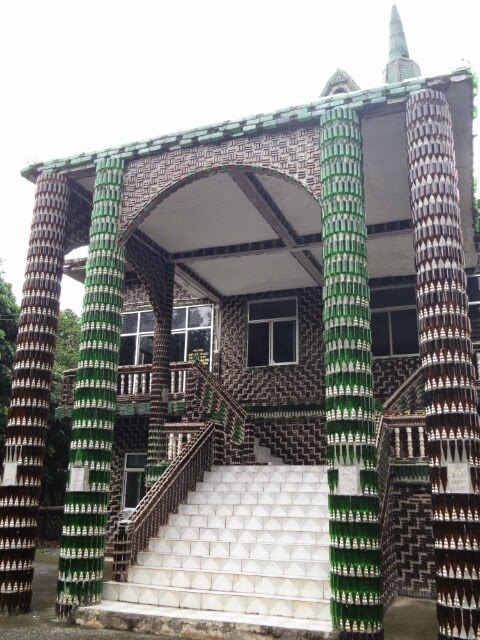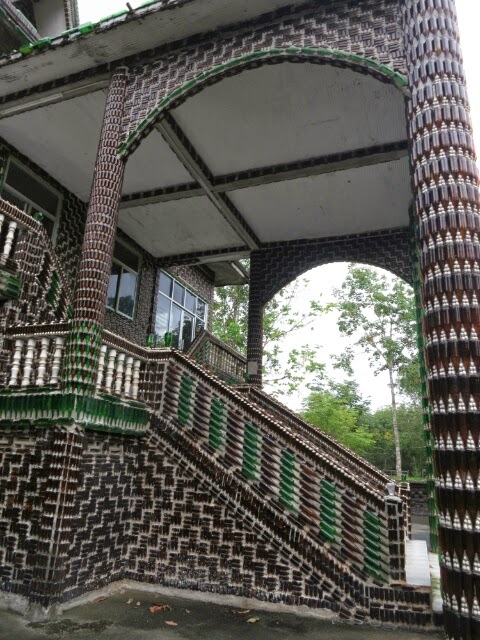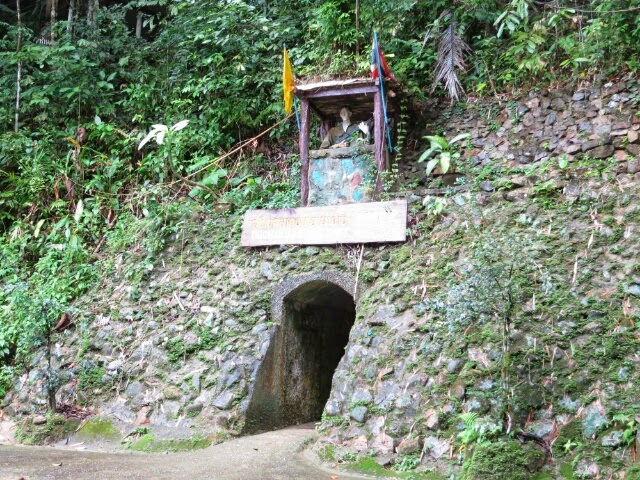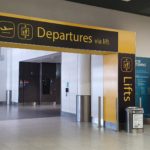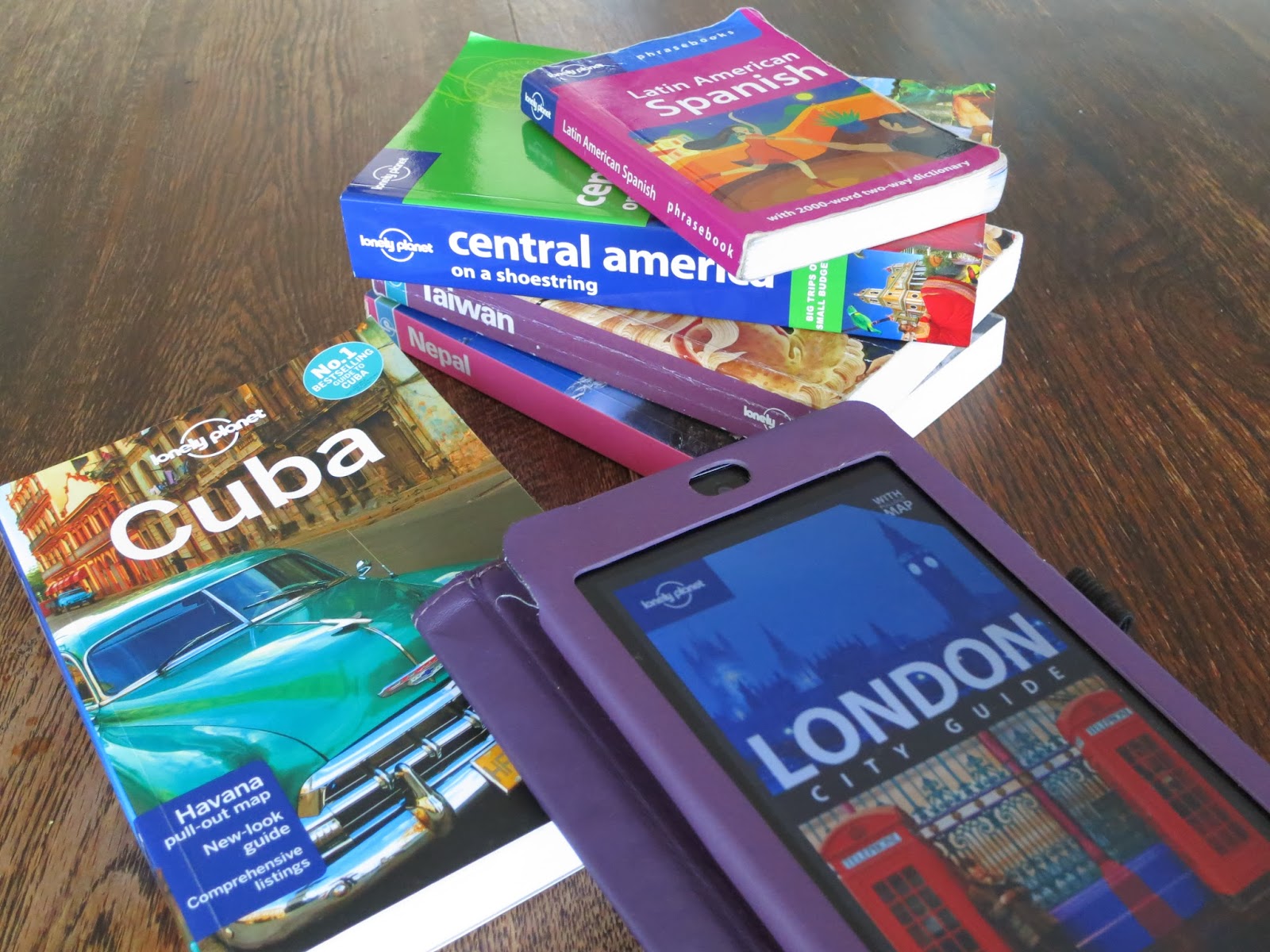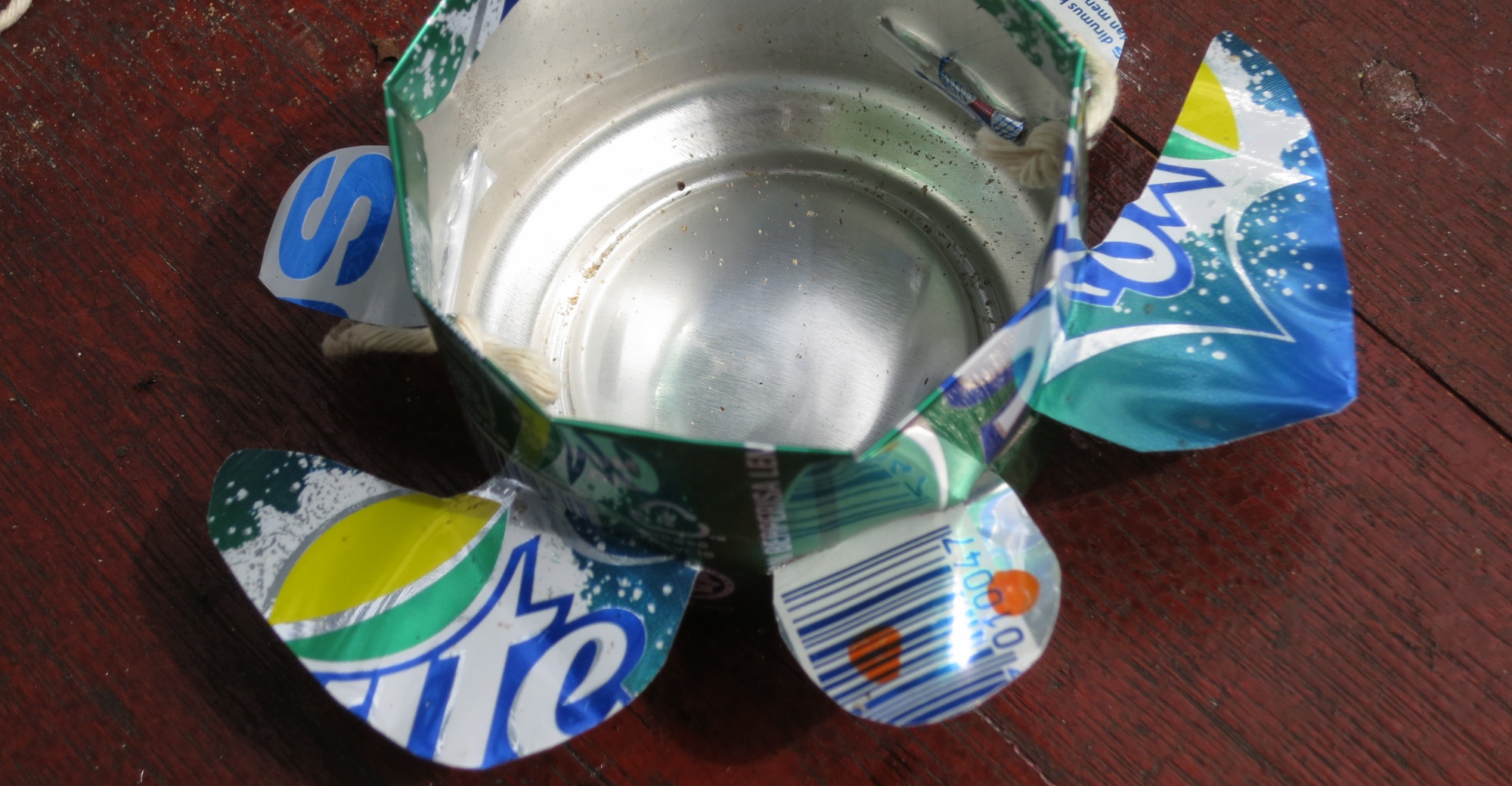Visitors to the south of Thailand tend to stay in the west coast, where the limestone outcrops and pristine sands can be found.
The province of Phuket and Krabi are often the most popular, although in recent years Trang (with it’s stretch of beaches) and Satun (with access to more islands) provinces have increased in interest. As tourism has slowly spread south, many islands have remained undeveloped, with the exception of Ko Lipe – an almost paradise island.
During the high season, there is a scheduled boat service that allows you to island hop from Phuket all the way to Penang (Malaysia), without needing to return to the mainland.
So why would visitors to the south of Thailand want to venture into the ‘deep south’ and the provinces of Songkhla, Pattani, Narathiwat and Yala.
They simply don’t, and many embassies advise against this due to the insurgency between Malay separatists and the Thai armed/paramilitary forces and police.
You may have seen that I spent a few days in both Songkla and Hat Yai in June last year, and did not experience any issues. There are some frustrations more evident here than elsewhere in Thailand (transport, language and warnings), but that shouldn’t put you off if you remain vigilant at all times.
I was keen to visit the Khao Nam Khang communist tunnels just a couple of hours drive from Hat Yai, during a return visit to the area in December. It was difficult to organise, but we eventually negotiated some very expensive (by Thai standards) private transport to get there, taking in the sight of the million bottle temple enroute.
Million bottle temple
The temple, also known as Wat Phra Maha Chedi Kaew, was initiated in 1984 by a monk who had the idea to collect empty bottles, and cover the surface of all the buildings of the temple with them. There were Heineken, Pepsi, Red Bull, Singha and Chang bottles that I could identify, but no doubt, others.
The temple is situated in Khun Han about 50 kilometers from Si Saket and 25 km from Kantharalak. Not as visited as in the past, but a great place to stop for tea, as offered by the resident monk there.
Khao Nam Khang communist tunnels
Much lesser known than the Cu Chi tunnels in Vietnam, these tunnels, close to the border with Malaysia, are situated in the Natawee District of Songkhla Province. They are not busy with tourists, unlike the alternative, and there are no longer any guides to escort you round, disappointingly. However, you can really get a feel for what life here would have been like for the residents, and if you’re lucky you may meet one of the former communist soldiers who now runs the museum.
You will find the tunnels deep in the jungles of Khao Nam Khang National Park on the Malaysian border. They were constructed by Chinese Communist fighters during a six year period from 1972 to 1978.
The total length of approximately 1000 metres has 16 entrances, most of which you can explore during a visit. Not quite the 121km’s sustained by the Cu Chi tunnels, but certainly a well built umbrella for avoiding air invasions in its time.
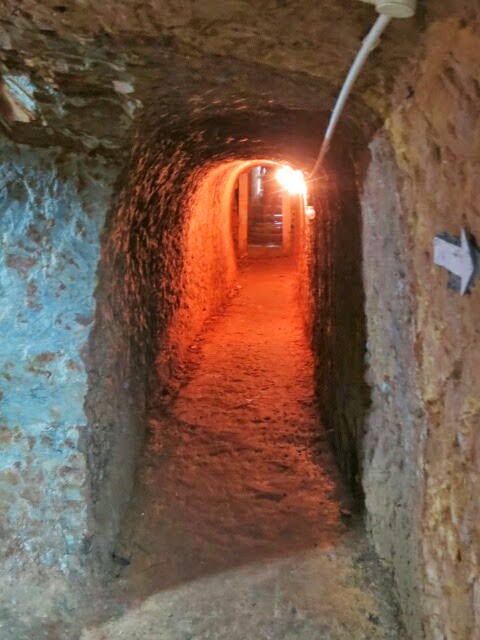 |
There are three levels with facilities including a conference room, telegraph room, office, medical theatre, typing room, shooting range, kitchen, sleeping area and even a motorcycle training area.
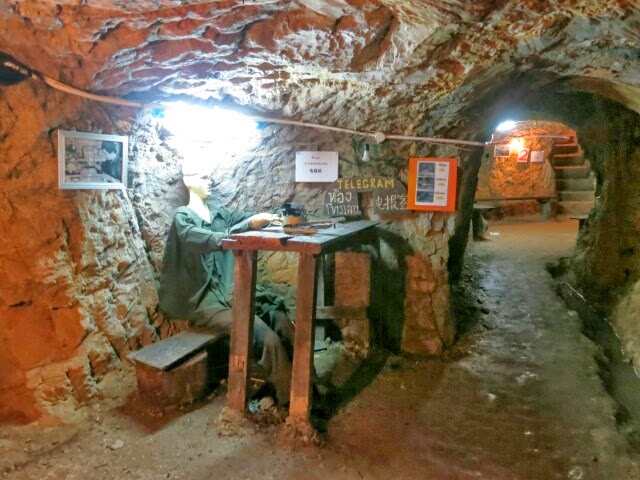 |
| Telegraph room |
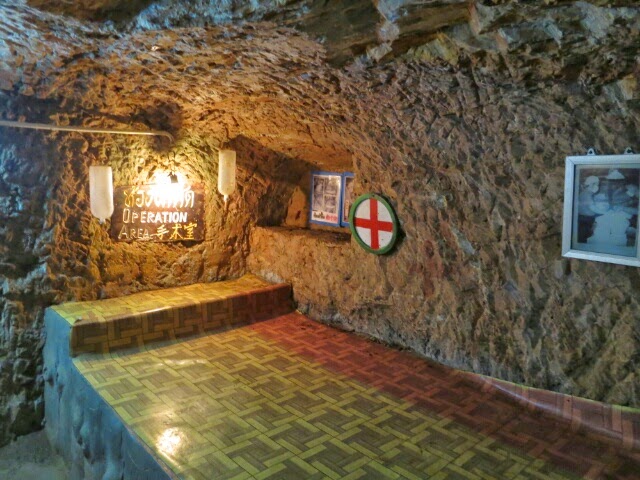 |
| Operating theatre |
The most interesting part, is that the former members of the Communist Party of Malaya, the soldiers that remained there, only descended from the jungle in 1987. The majority of them remained in Thailand rather than returning to Malaysia, but have only recently received their Thai national identity cards.
Visitors to the museum tend to be Thai or Malaysian, on a weekend trip, and the displays cater for this more than Western visitors, but there is a introductory video in English and a useful information sheet available.
Visiting the area
With the ongoing political issues in Thailand taking place at the moment, it is unlikely that the peace dialogue with the BRN (one of the main insurgent groups) will be maintained. The Prime Minister is currently focusing on the uncertain future of the government, whilst the involvement of Malaysia and the army’s interests have contributed to undermining the situation in the deep south further.
Some form of political autonomy for the Southern provinces may be the only solution to improve the chance of ending one of Asia’s oldest conflicts, but in the meantime visiting the areas referred to in this post is still possible.
Do check the latest situation before heading that way, however.
For more on Hat Yai, see my post here. And if you’re planning a visit to Thailand this month the Thai new year celebrations for Songkran are well worth experiencing, but be warned that this is a national holiday and it can get very busy with tourists.
